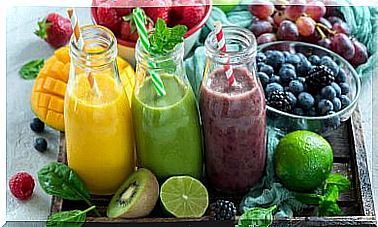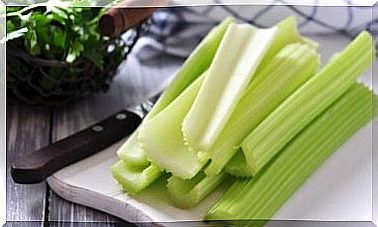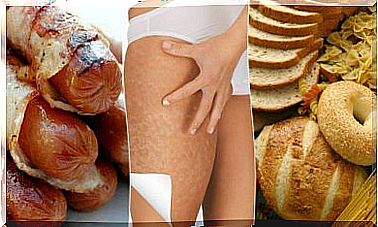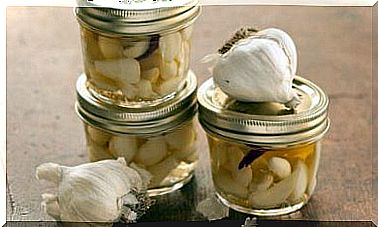These Reasons Speak For Gelatine
Gelatine is part of many cream cakes and popular desserts. The so-called “Jello” is the most famous dessert with it.
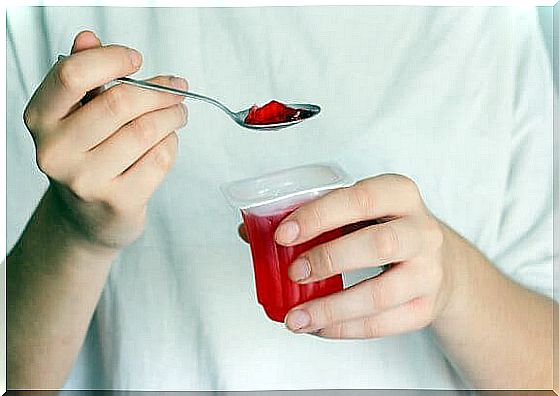
Gelatine is an animal product, which is only unhealthy if you use it in desserts and combine it with sugar. We explain the reasons for consuming it – and how you should prepare it.
What exactly is gelatin?
Gelatine itself is a substance made from animal protein that is produced from the connective tissue of various animal species, especially pigs and cattle. In medical technology, gelatine is used, among other things, to coat implants such as vascular prostheses.
The gelatine pills that are available as dietary supplements do not contain this tough food gelatine, but water-soluble collagen hydrolyzate. This should be better absorbed by the body and be able to be installed again at the points in the body where it is needed.
Products for peeling masks with gelatin
When we hear “gelatine”, we usually only think of “jelly” or “gummy bears”. But it rarely comes to mind that the goo is also a beneficial natural medicine. But one or the other may still remember that grandma or grandpa mixed powder in water and drank it.
Nowadays you are always quick to find expensive miracle drugs in modern medicine, although cheap and well-tried home remedies can work just as well!
Find out why Grandpa wasn’t so wrong, because gelatine can help in the following ways:
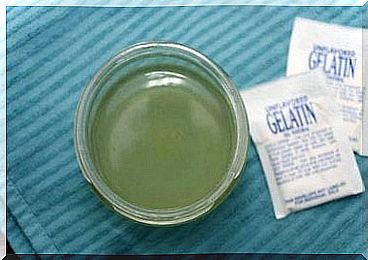
Gelatine preserves articular cartilage
Gelatine can help in the treatment of osteoarthritis. The prerequisite for this, however, is that the parts of the body affected by wear still have regenerative cartilage.
If the cartilage is so badly worn or damaged that it can no longer regenerate, such a therapy is no longer of any help.
Gelatine is a useful addition to the daily diet not only for the treatment of osteoarthritis, but also for the prevention of damage to the joint cartilage. Because if the joint cartilage is well nourished, it is not as easy to damage as cartilage that is already less well built up.
The gelatine absorbed with the capsules is incorporated into the cartilage that is still there. However, it cannot work miracles and build up new cartilage in the joints where there is no cartilage.
So anyone who suffers from a type of osteoarthritis that is not very advanced can improve their condition with “medical jelly”.
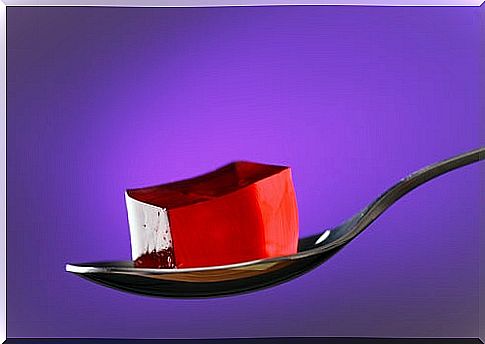
Protects against overload
Gelatin can also help with pain in the joints that are overworked. However, it must be taken preventively over a longer period of time so that this effect can be achieved.
So there is no point in spooning jelly the day before the mountain hike with many meters of altitude in order to stress your knees carefree when hiking downhill the next day!
However, if you know that a mountain tour that puts stress on your joints is due in a few weeks, you can start taking gelatine in the long term and achieve a protective and preventive effect.
Studies suggest that gelatin also has regenerative effects on bones, cartilage, tendons and ligaments. It is therefore well suited for all age groups: for prevention for young people and for therapy for older patients.
Can protect against osteoporosis
Osteoporosis is the most common aging disease of the bones and affects many. Broken bones are the result of bones that have become porous as a result of the disease.
In osteoporosis, gelatin can help keep bones more elastic, lower the risk of fractures, and help reduce pain.
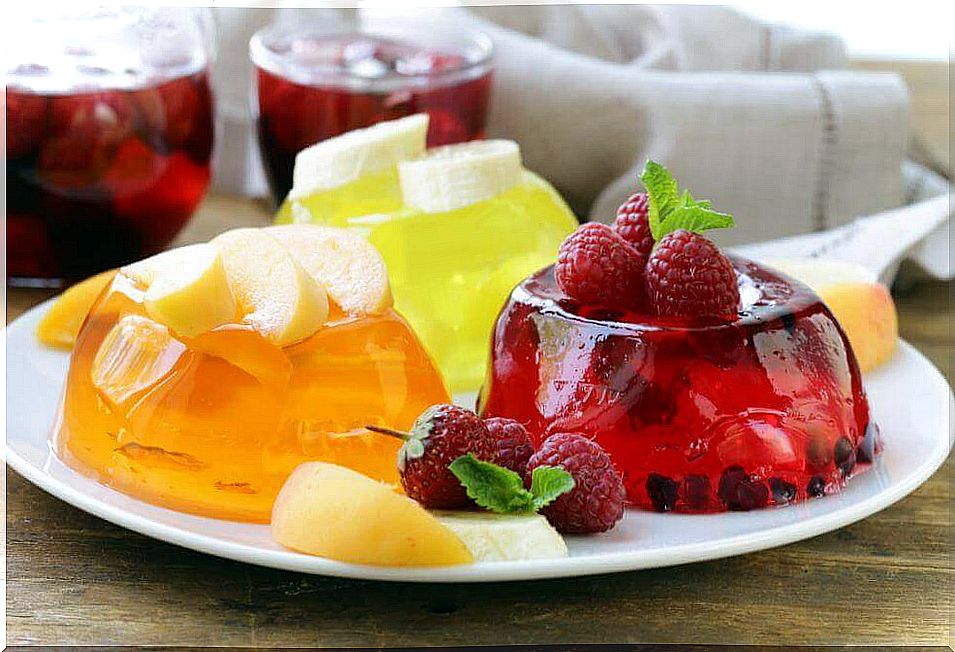
This is how you prepare them healthily
For therapy as well as for prevention, it is important not to use the well-known gelatine forms such as gummy bears or jello.
These contain a lot of sugar and therefore a lot of calories. An increased calorie intake inevitably leads to obesity and thus stresses the joints many times over!
It is therefore really advisable to take capsules from the range of dietary supplements or to do the same to grandma and grandpa: Buy the granules in the grocery store and stir them into a glass of water.
If you don’t like the taste, you can stir the granulate into juice or cold tea, but never into hot drinks, as gelatine melts at around 50 degrees Celsius and then becomes the “goo mass” that makes jelly jelly.
As long as the drink is warm, the mass will not gel. However, when it cools down, the fruit juice slowly solidifies. Completely chilled in the refrigerator, a healthy type of jelly as dessert – but less appetizing as a warm drink.
